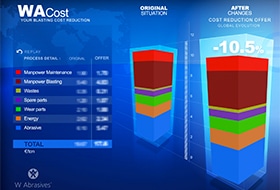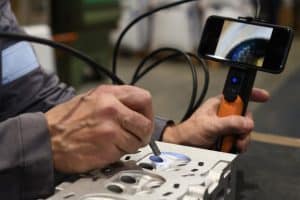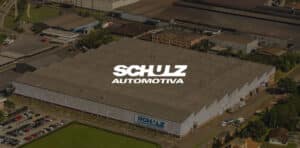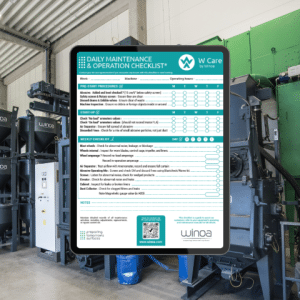Shot blasting is an essential method in the preparation of metal surfaces. It cleans, profiles, strengthens, and polishes metals, ensuring optimal adhesion of coatings and enhancing the durability of parts.
What is Shot Blasting?
Shot blasting involves the high-speed projection of metallic abrasives onto a surface to remove impurities like rust, old paint layers, or casting residues. This process is crucial in diverse industries including aerospace, automotive, shipbuilding, and more.
Importance in Industrial Applications
Shot blasting plays a vital role across many industrial sectors. It ensures optimal adhesion of coatings on treated surfaces, improves material durability, and extends equipment lifespan. Used in fields such as automotive, aerospace, construction, and metallurgy, it stands out because it can reuse abrasives, reducing costs and minimizing environmental impact.
Typical Applications
- Surface Cleaning: Removal of rust, scale deposits, and contaminants.
- Pre-Coating Preparation: Ensuring a clean, uniform base for paint or protective coatings.
- Material Strengthening: Increasing fatigue resistance and enhancing the mechanical properties of critical components.
Definition and Importance of Shot Blasting in the Metallurgical Industry
Introduction to Shotblasting
Shotblasting is a crucial industrial process. It efficiently removes contaminants like rust, old paint layers, or other impurities. Beyond cleaning, it also prepares surfaces for advanced treatments such as anti-corrosion coatings or specialized paints, which are essential in demanding sectors like maritime, construction and infrastructure, energy or oil, rail or road transport, and aerospace.
Overview of Shotblasting Goals and Benefits
- Effective Cleaning: Quickly removes contaminants, rust, and sand from surfaces.
- Improved Adhesion: Creates a controlled roughness that enhances the adhesion of coatings and paints.
- Optimization of Mechanical Performance: Enhances fatigue and corrosion resistance, prolonging the lifespan of critical components under cyclic loads (mechanical shafts, structural parts) during peening.
- Uniform Preparation: Ensures consistent coating adhesion, even in extreme conditions, meeting the demands of industries like aerospace and gas.
- Cost Reduction: Limits premature coating failures, reduces repairs/replacements, and optimizes the use of reusable abrasives.
- Enhanced Safety: Removes contaminants that weaken structures (low chloride levels), helping prevent failures, especially in high safety demand sectors like energy.
Shotblasting is thus more than just a cleaning method. It is a key industrial strategy to improve quality, reduce costs, meet standards, and increase competitiveness.
History and Evolution of Shot Blasting
Origins
Shot blasting was originally designed to treat metal surfaces exposed to extreme conditions. Early methods, rudimentary and manual, used natural abrasives like sand or metal fragments to clean and remove rust from heavy structures such as bridges and ships.
With industrialization in the 20th century, the advent of turbine machines automated the process, increasing speed and precision while reducing manual effort. These advancements particularly benefited industries like aerospace, requiring meticulous material preparation to meet strict standards.
Today, shot blasting relies on advanced technologies, tailored to the diverse demands of modern industrial sectors.
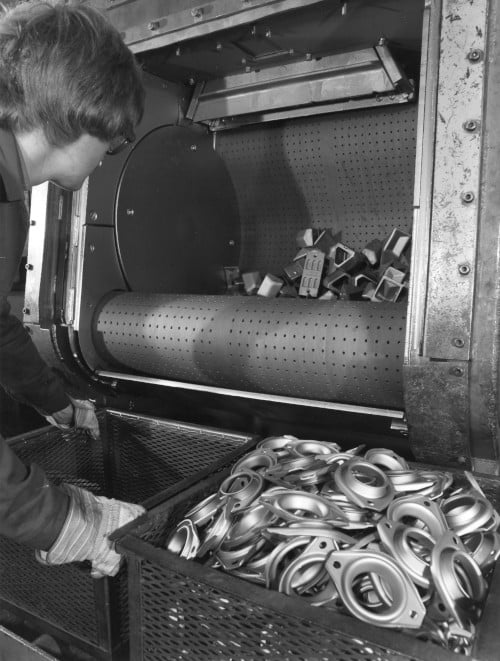
Innovations and Recent Developments in Shot Blasting
Technological Advances in Shotblasting
Technological advances have made shot blasting more efficient, intelligent, and sustainable, with major innovations in three key areas:
1. Technical Performance
- Modern machines utilize turbines, robots, and advanced compressed air and nozzle systems, reducing abrasive consumption by up to 30% and increasing processing speed by 25%.
- A more homogeneous distribution of abrasives also ensures uniform treatment, even for complex or large surfaces, which is essential in infrastructure and automotive projects.
2. Automation
- Real-Time Monitoring: Advanced sensors track projection speed, abrasive density, and component wear, allowing immediate correction of anomalies to prevent defects.
- Remote Support with Virtual Reality: Maintenance teams, regardless of their location, benefit from technical support through virtual reality, which provides real-time data and facilitates remote interventions.
- Optimization by Artificial Intelligence: AI automatically adjusts production parameters according to part specifications, thereby increasing productivity and ensuring consistent quality.
3. Environmental Impact
- Recycling systems reuse abrasives, reducing waste and costs.
- HEPA filters capture 99% of dust, improving working conditions and meeting environmental standards.
- The use of safe metallic abrasives, free from silica, heavy metals, or chemical components, and made from recycled materials, such as steel shot, contributes to a more sustainable approach, meeting current ecological requirements.
Shot blasting remains a cutting-edge technology, combining productivity, precision, and sustainability. These innovations meet the increasing demands for energy efficiency and environmental impact, enhancing its relevance in modern industries.
The different types of shot used in shot blasting
Shotblasting Media Varieties
Selecting the right abrasive is essential to tailor shotblasting to the specific needs of surfaces to be treated. While round beads and angular metallic abrasives are most commonly used, other types of abrasives, including non-metallic ones, also find their utility in specific applications.
1. Round Spherical Shot
Characteristics
- Composed of stainless steel, zinc, aluminum, or high-carbon steel, round beads provide uniform cleaning and strengthening.
- Durable, they can be reused up to 2000 cycles in well-maintained systems and depending on the application.
Typical Applications
- Automotive and Aerospace: Cleaning casting mechanical parts (desanding).
- Concrete Surfaces: Restores, repairs, and enhances coating adhesion.
- Structural Parts: Reduces surface defects through peening to extend lifespan.
Benefits
- Uniformity: Consistent distribution of impact energy, ideal for uniform finishing.
- Cost-effectiveness: High longevity, reducing operational costs.
2. Angular Abrasive Media
Characteristics
- Angular abrasives (grit), available in various hardness levels, create a rougher surface profile ideal for thick coating adhesion (e.g., zinc-rich primers).
Typical Applications
- Marine Structures and Pipelines: Preparing surfaces exposed to extreme conditions.
- Intensive Cleaning: Removing tough coatings or heavy contaminants.
Benefits
- Ideal Roughness: Aggressive profile for high-performance coatings or soft profile for powder coatings.
- Eco-friendly: Made from recycled materials, reducing waste and environmental impact.
3. Non-Metallic Abrasives
In addition to metallic abrasives, non-metallic abrasives play a key role in certain specific applications.
Examples of Non-Metallic Abrasives:
- Glass Bead: Used to clean delicate surfaces without altering their structure. Ideal for applications like cleaning composite materials or light alloys.
- Garnet: A natural abrasive providing an excellent balance between efficiency and eco-friendliness. Recommended for tasks requiring precise roughness, such as surface preparation for maritime and oil industries.
- Aluminum Oxide: Extremely hard and durable, used for applications requiring very aggressive surface profiles, such as etching or preparing tough surfaces.
- Plastic Media: Ideal for gentle cleaning in aerospace or sensitive industries, avoiding damage to fragile substrates.
Benefits of Non-Metallic Abrasives:
- Protection of Fragile Substrates: Less aggressive than metallic abrasives, they are better suited for sensitive materials.
- Eco-friendly: Some, like garnet, are natural and free from chemical contaminants.
- Adaptability: A wide range can meet varied needs, from delicate cleaning to demanding surface preparation.
The choice of abrasive depends on the specific project requirements:
- Round Beads: Ideal for homogeneous, smooth finishes, shot peening, and enhanced durability of treated surfaces.
- Angular Abrasives: Perfect for heavy-duty work needing effective desanding, increased roughness, or optimal coverage.
- Non-Metallic Abrasives: Excellent for sensitive surfaces or projects requiring an eco-friendly approach due to their gentleness and material respect.
By combining these different options, it’s possible to optimize shotblasting performance while meeting economic and environmental requirements.
Shotblasting process
Principle and Operation
Shot blasting is an essential method in the treatment of metal surfaces, relying on precise coordination across multiple steps to ensure optimal results.
Key Steps of the Process
-
1. Preparation of Parts
- Initial Cleaning: A crucial step to remove debris, grease, oils, and contaminants that could affect treatment effectiveness.
- Techniques Used:
- Chemical: Solvents or alkaline solutions for deep degreasing.
- Mechanical: Cleaning with brushes or high-pressure water jets for a uniform surface.
- Importance: Careful preparation at this stage directly influences the quality of final results.
2. Abrasive Blasting
- Principle: Abrasives (steel shots, angular grits, or others) are projected at high speeds (80-120 m/s) using turbines or pressure nozzles (airblast).
- Key Parameters:
- Speed, impact angle, and density of the abrasive are adjusted to meet the specific needs of the parts.
- Objectives:
- Thoroughly clean surfaces.
- Create controlled roughness for better coating adhesion.
- Enhance the mechanical properties of parts (e.g., shot peening for stress reduction).
3. Final Cleaning and Inspection
- Residue Removal: Remaining abrasives and impurities are meticulously removed using vacuum systems, washing, or compressed air blowing.
- Quality Control:
- Advanced Measurement Tools: Profilometers to verify roughness.
- Modern Technologies: Connected sensors and real-time analysis systems for precise and quick validation.
- Importance: These checks ensure the part meets specifications perfectly and is ready for subsequent stages, defect and residue-free.
Equipment Used
Shot Blasting Machines
The success of shot blasting relies on equipment tailored to the surfaces and requirements of each application.

|
1. Wheel Blasting Machines
|
|

|
2. Pressure Blasting Cabinets
|
|

|
3. Abrasive Recycling Systems
|
The abrasive cycle in an airwash magnetic separator |

|
4. Dust Collection Systems
|
Dust Collector in Shot Blasting System
|
The latest shot blasting equipment combines precision, efficiency, and environmental friendliness. Depending on industrial needs, wheel blasting machines, blasting cabinets, recycling systems, and dust collectors can be combined to ensure optimal results. This flexibility allows adaptation to a wide range of applications, optimizing costs and meeting safety standards.
Safety Considerations in Shot Blasting
Safety and Precautions
Safety is a top priority in shot blasting, requiring stringent measures to protect operators, ensure a healthy environment, and prevent incidents.
- Personal Protective Equipment (PPE): Filtering masks, goggles, gloves, and, if necessary, dust-resistant suits to protect against debris and dust.
- Operator Training: Essential for risk recognition, safe machine handling, and emergency management.
- Dust Extraction Systems: HEPA filters capturing up to 99% of fine particles. Sensors activating additional ventilation when thresholds are exceeded.
- Safety Protocols: Regular equipment inspections and safety audits to prevent incidents.

Advantages of Shotblasting
Benefits for Metal Surfaces
An essential method in the industry, shot blasting is renowned for optimizing surface quality, reducing long-term costs, and adapting to a wide range of applications.
1. Enhanced Quality and Durability
- Improved Precision:
- Precise control of parameters (speed, impact angle, abrasive mix) ensures uniform surfaces.
- Modern turbines automatically adjust settings to meet material specifications.
- Applications: Sectors where surface finish and dimensional tolerances are critical, such as bridges, wind turbines, aerospace, and the medical industry.
- Better Structural Performance:
- Creates an optimal surface profile to enhance coating adhesion.
- Results: increased resistance to corrosion, wear, and improved durability in harsh environments.
2. Cost Reduction
- Abrasive consumption reduced by up to 30% with modern machines, and up to 95% compared to mineral abrasives, minimizing waste and enhancing energy efficiency.
- Use of reusable abrasives limits spending on consumables, making this method economically advantageous in the long run.
3. Versatility
- Compatible with a wide range of materials, including light alloys, stones and concrete, steels, and complex metals (titanium, etc.).
- Varied Applications: Construction, mechanical parts preparation, and electronic manufacturing.
Shot blasting offers undeniable advantages in precision, durability, and versatility while enabling long-term savings through enhanced efficiency and better resource management. However, companies should consider initial costs, maintenance needs, and training to maximize the benefits of this method.
A thorough analysis of specific needs and equipment capabilities will allow you to make the most of shot blasting by balancing its advantages and challenges.
Comparison with Other Surface Treatment Techniques
Shotblasting vs Other Methods
Shot blasting stands out from other surface treatment techniques due to its high performance and versatility. Let’s compare it to sandblasting to better understand its benefits and specific applications.
Differences with Sandblasting
- Media Used:
- Shot blasting uses robust, reusable abrasives like steel shot or angular grit, providing superior durability and consistent performance.
- Sandblasting primarily relies on sand, garnet, and other non-metallic abrasives that are fragile and can only be reused 2-3 times, making it less suitable for demanding industrial environments.
- Dust Production:
- Shot blasting generates significantly less dust thanks to its reusable media, reducing costs for air filtration, waste management, and environmental impact.
- In contrast, sandblasting produces more residue, requiring a more efficient dust collection system and increasing waste.
- Applications:
- Sandblasting is suitable for simpler tasks or delicate surfaces.
- Shot blasting excels in industrial applications demanding high performance, such as the treatment of complex mechanical parts or large metal structures.
Comparative Advantages of Shot Blasting
- Residue Reduction:
- By using reusable abrasives, shot blasting generates minimal waste, contributing to simplified and eco-friendly management.
- Reduced Long-term Costs:
- The reuse of abrasives lowers expenses on consumables and costs related to waste management.
- Increased Adaptability:
- Capable of treating surfaces with varied geometries, ideal for high-value parts or strict tolerances, particularly in aerospace, automotive, and infrastructure sectors.
- Energy Efficiency:
- Modern shot blasting equipment is designed to consume less energy while maintaining high productivity.
Shot blasting remains an essential and widespread technique for industrial surface treatment. By ensuring high-quality finishes and extending the lifespan of components, it meets the demands of the most complex applications in metal surface preparation.
Thanks to technological innovations, modern equipment offers increased precision, better energy efficiency, and reduced environmental impact, particularly through advanced abrasive recovery and recycling systems.
By integrating technologies such as automation, while adhering to environmental regulations, shot blasting continues to evolve to optimize industrial processes. Its versatility makes it a preferred choice for various sectors, including aerospace, automotive, and construction.
Environmental Considerations
Environmental Impact
Ecological Impact of Shot Blasting
- Using reusable media made from recycled materials (e.g., steel) significantly reduces environmental impact.
- Initiatives are emerging to incorporate biodegradable abrasives, enhancing the process’s sustainable approach.
Current Standards and Regulations
International regulations, such as the ISO standards and OSHA guidelines, set standards to ensure:
- Operator safety.
- Reduced dust emissions.
- Compliance with environmental requirements.
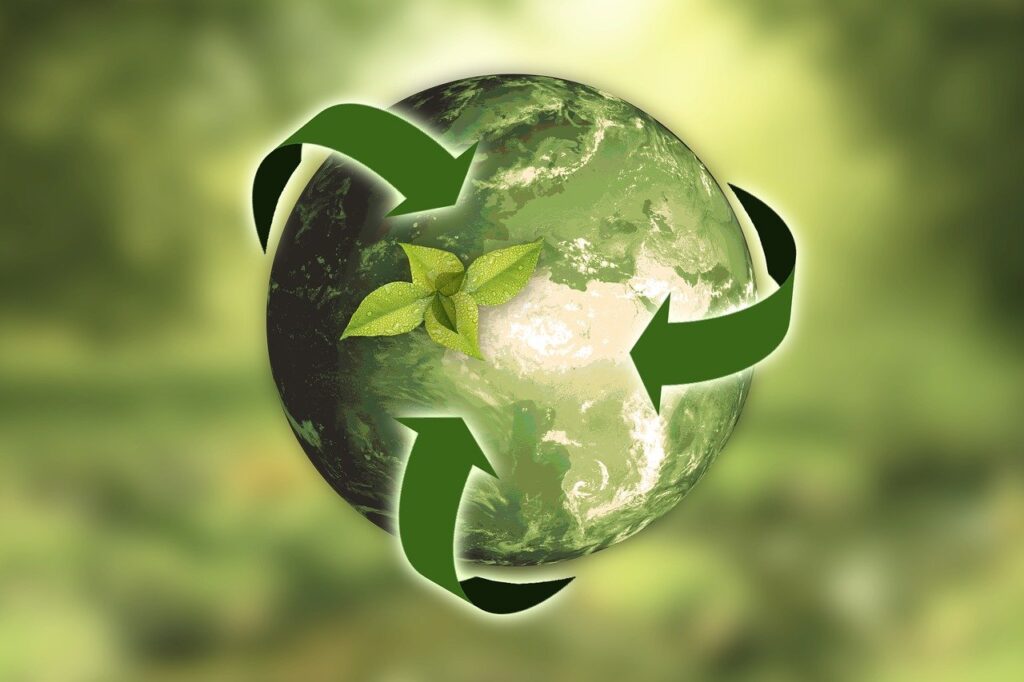
Current and Future Trends in Shot Blasting
Advancements in Shotblasting
1. Technological Innovations
Technological advances are transforming shot blasting into an increasingly precise, efficient, and sustainable process:
- Programmable Machines:
- Modern equipment with advanced sensors for real-time performance monitoring.
- Self-diagnostics and notifications for preventive maintenance, reducing breakdowns and production interruptions.
- Optimization via Artificial Intelligence (AI):
- Automatic adjustments of parameters like throwing speed and impact angle for consistently precise results.
- AI optimizes processing cycles based on collected data, enhancing productivity and quality.
- Eco-friendly Technologies:
- Incorporation of recycling systems to reduce abrasive waste.
- Increasing use of biodegradable abrasives, helping to minimize the environmental impact of operations.
 2. Future Industry Trends
2. Future Industry Trends
Current and future trends indicate a growing adoption of advanced technologies and sustainable practices:
- Automation and Robotics:
- Robotic systems offer increased flexibility for handling complex parts or large volumes.
- Data analysis from previous cycles for continuous performance improvement.
- Zero-emission Technologies:
- Exploration of hybrid solutions, combining laser technologies and abrasives to nearly eliminate environmental impact.
- Aiming to combine profitability and sustainability to meet modern industry standards.
- Expansion of Applications:
- New sectors adopting shot blasting include:
- Renewable Energies: Wind turbine component processing.
- Additive Manufacturing: Post-processing of 3D printed parts.
- New sectors adopting shot blasting include:
- Standardization:
- Development of global standards to harmonize industrial practices and regulations internationally.
3. Improvements in Energy Efficiency
Recent innovations aim to reduce energy consumption and operating costs:
- Advanced Turbines and Recycling Systems: Optimize resource use while ensuring high productivity.
- Smart Energy Solutions: Automatically adjust consumption based on actual needs, reducing waste.
Conclusion
Shotblasting continues to evolve with the integration of smart technologies, durable abrasives, and eco-friendly innovations. These advancements meet the increasing demands for efficiency, precision, and sustainability in an ever-changing industrial environment. With the expansion of applications and the standardization of norms, this method remains an essential pillar of modern surface preparation.
References
Key sources and documents
In addition to Winoa’s numerous internal technical resources (links), we encourage our readers to consult the following external sources for a deeper understanding of shotblasting.
Shotblasting:
- Source: Wikipedia
- Link: https://en.wikipedia.org/wiki/Sandblasting
- Description: This article details the shotblasting process, a technique that involves projecting high-velocity beads onto an object’s surface to alter its superficial structure.
Shotblaster:
- Source: Wikipedia
- Link: https://en.wikipedia.org/wiki/Sandblasting#Equipment
- Description: This article describes shotblasters, machines designed for shotblasting, explaining their operation, components, and industrial applications.
Surface Treatment Technology for Metals and Alloys
- Source: MDPI
- Link: https://www.mdpi.com/2075-4701/9/11/1134
- Description: This article discusses various technologies for treating metal and alloy surfaces, including shotblasting and hydrothermal treatments, aimed at enhancing corrosion resistance and mechanical properties.
Shotblasting Process Variables
- Source: The Shot Peener
- Link: https://www.shotpeener.com/library/pdf/1993147.pdf
- Description: This article explores various variables affecting the shotblasting process and their impact on surface treatment quality.
Blast Cleaning Technology
- Author: Andreas W. Momber
- Link: https://link.springer.com/book/10.1007/978-3-540-73645-5
- Description: This book is a reference for all aspects of industrial surface preparation using shotblasting technology.

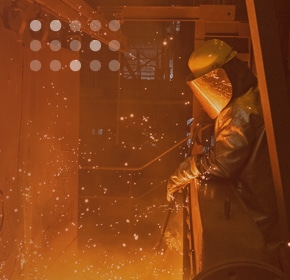
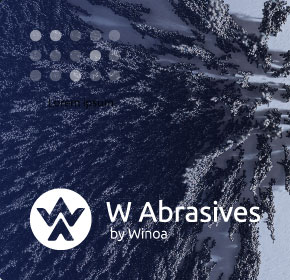
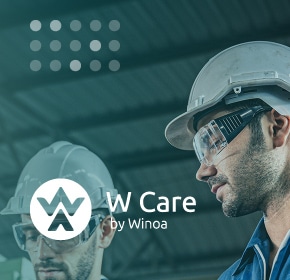
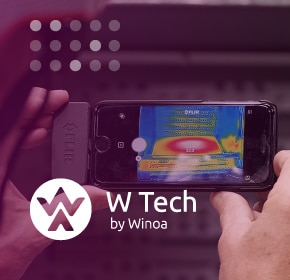
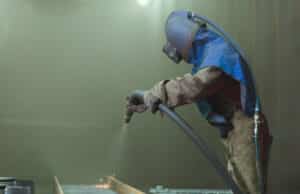
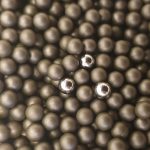
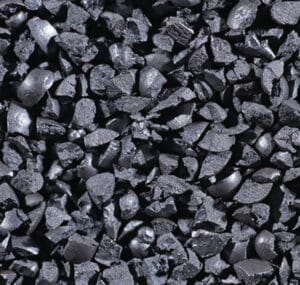
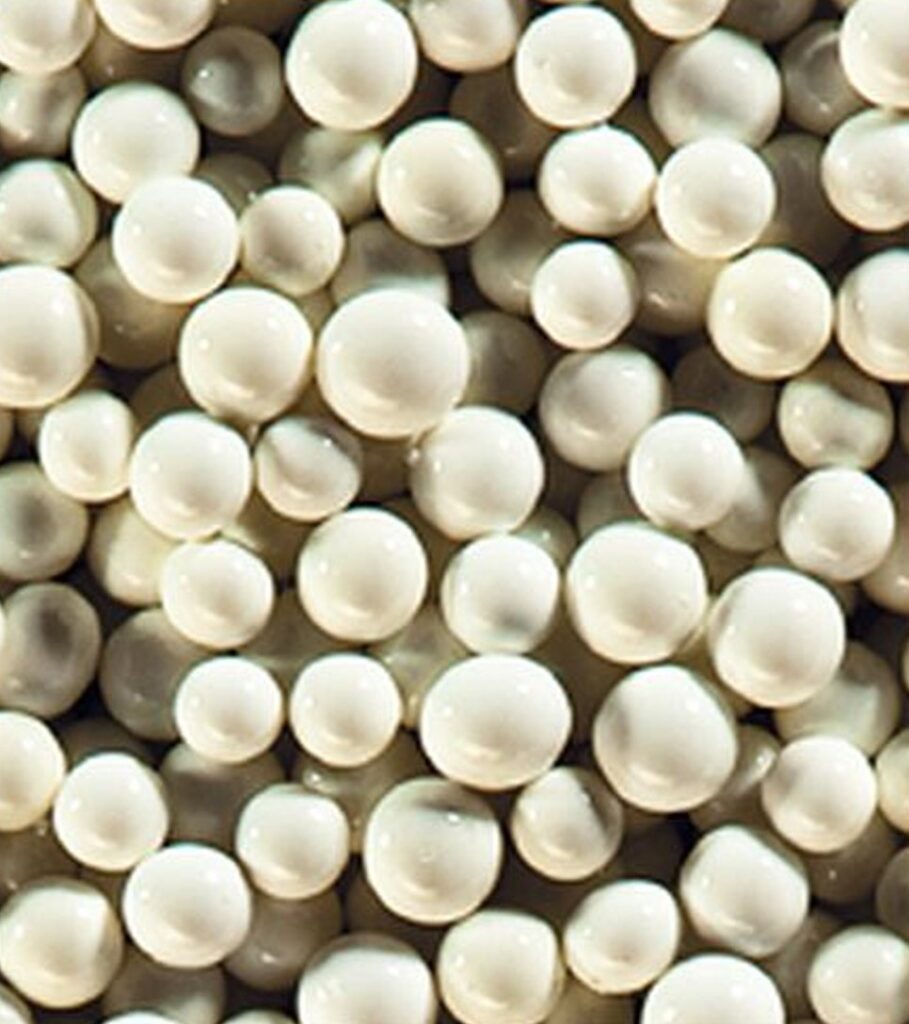
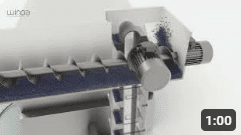
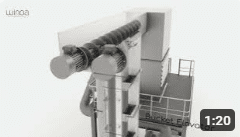
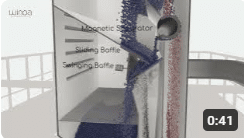
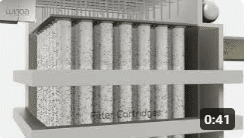
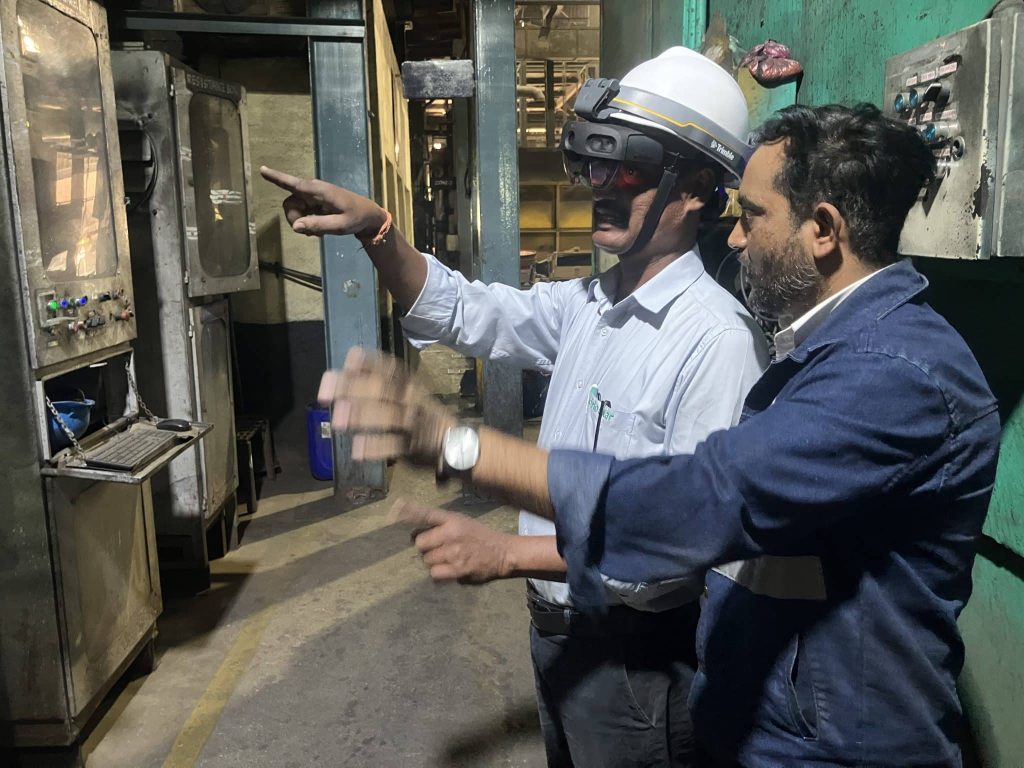
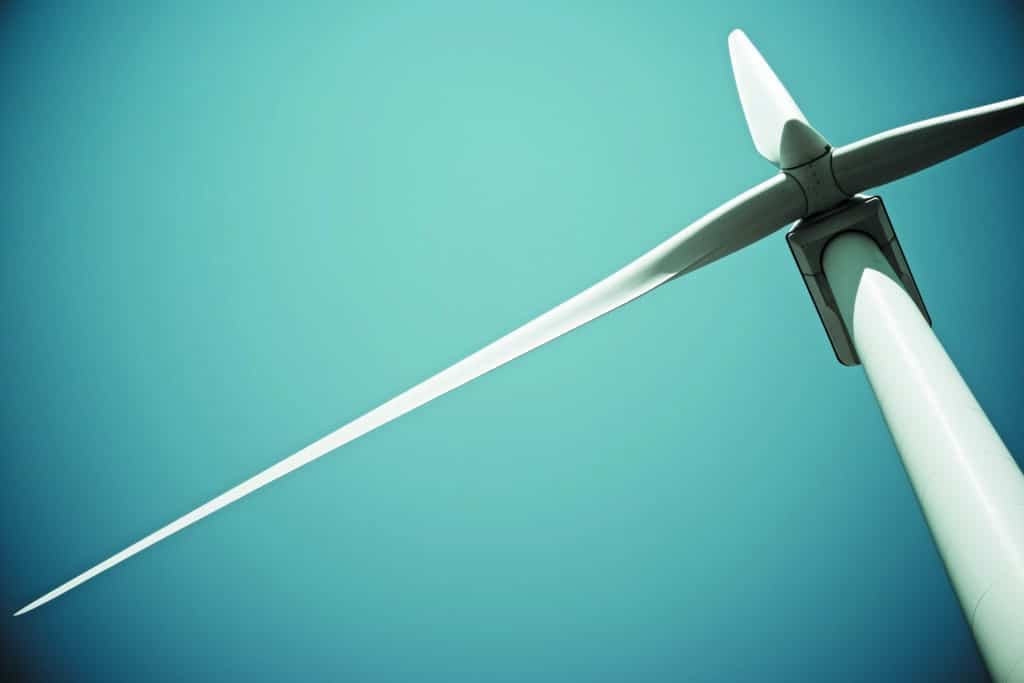 2. Future Industry Trends
2. Future Industry Trends